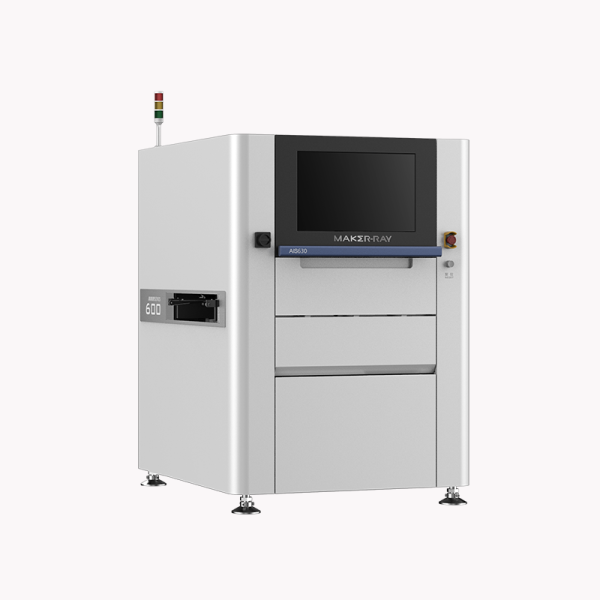Industrial inspection is a necessary task for many types of establishments that require visual and tactile inspections of machinery and other equipment. However, it can be difficult to maintain the safety and quality of these inspections with current methods. This article provides a guide on how to perform the various tasks involved in industrial inspection with the use of automated tools like vision inspection systems.
Vision inspection—How does it work?
Vision inspection is a process that uses a machine to look at an object and record the details of what it sees. Vision inspection is an important part of industrial inspection, especially for objects that are difficult to access or where damage could occur easily. By using vision inspection machines, factories can save time and money on their inspections, and ensure that their objects are in the best possible condition.
Why is vision inspection important?
Vision inspection is an important part of industrial inspection because it can help identify potential problems with a product before they cause any serious issues. The most common types of problems that vision inspection can identify are defects in the materials used in the product, manufacturing defects, and possible environmental hazards. Vision inspection can also help ensure that the finished product meets safety and quality standards. By identifying these problems early on, companies can avoid expensive repairs or even recalls later on.
How to choose the right inspection tools
When it comes to industrial inspection, there is no one-size-fits-all solution. Every plant and factory is unique, with different standards and requirements. That’s why it’s important to choose the right inspection tools for the job at hand. Here are some tips to help you make the right choice:
- Define your goals. What are you trying to achieve with your vision inspection? There are a variety of inspection tools available to meet these goals, so it’s important to carefully consider what would be best suited for your specific needs.
- Consider your resources. Do you have access to suitable equipment and facilities? Do you have personnel with the expertise required to use the selected tools? If not, consider hiring a consultant or consulting service provider.
- Evaluate your plans for the job. Once you have selected tools and accessories, consider how to use them. Do you have a plan for when you’ll need to make repairs? How much time will you need between inspections to allow the tool to properly evaluate the condition of the equipment?
Conclusion
When it comes to industrial inspection, having the right tools can make a big difference. Whether you’re a small business owner or an inspector working for a large corporation, easy visual inspection with the right equipment can help you save time and effort while ensuring your inspections are of high quality. MAKER-RAY has very professional research in visual inspection, and a deep learning algorithm is the core technology, which can guarantee to bring good results to your industrial inspection.




